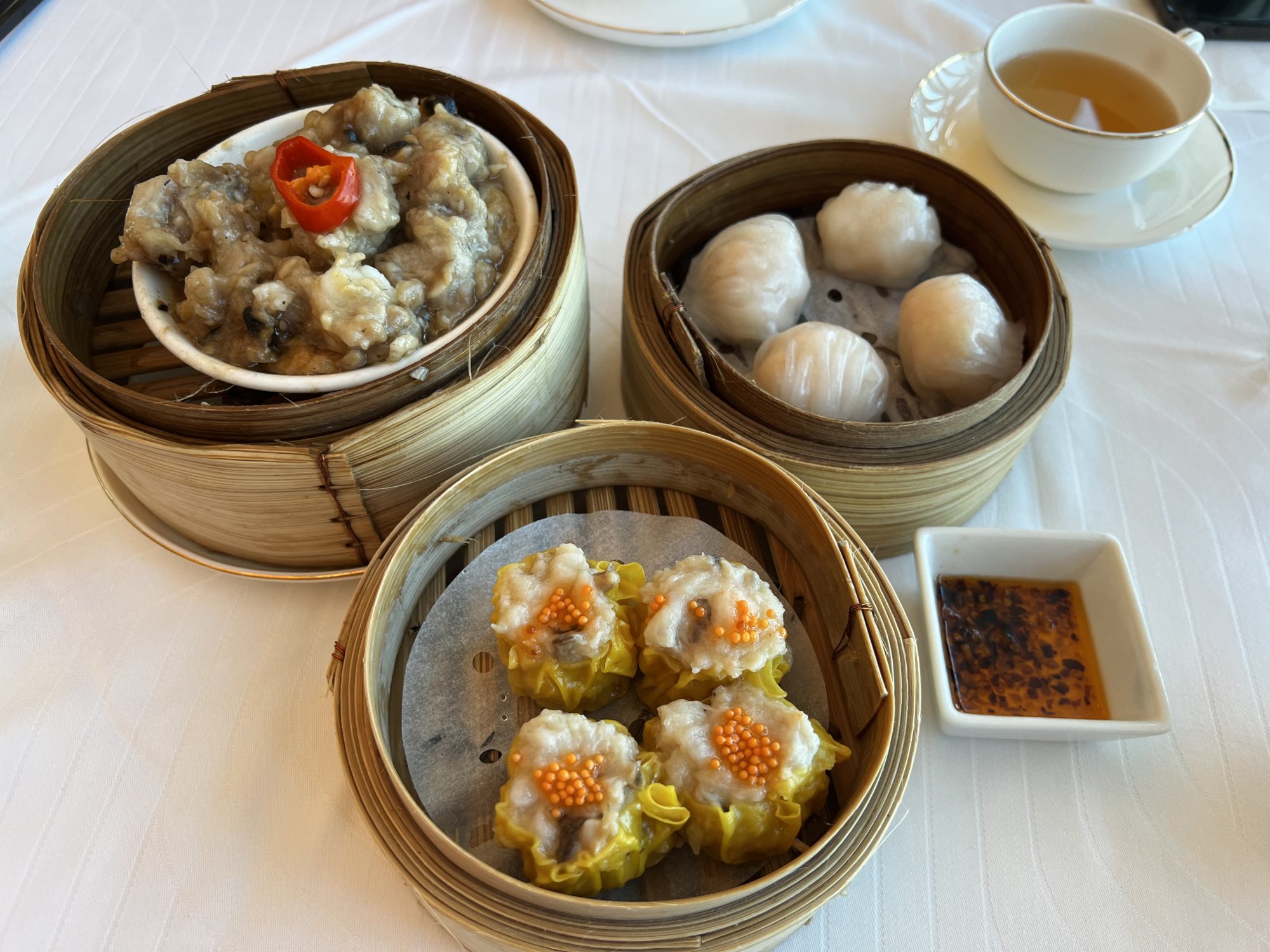Another national crisis nearly wrecked the United States last week, and it didn’t involve President Biden, Donald Trump, Congress or Taylor Swift.
This near emergency was caused by the chief executive of fast food chain Wendy’s, Kirk Tanner, when he said he was considering a “dynamic pricing” plan starting in 2025.
The price of its burgers would fluctuate based on demand at specific times, kind of like an Uber ride which may surge in price at rush hour and be offered at a discount on a quiet weeknight.
Before you could ask “Where’s the beef?”, there was a massive and immediate backlash on social media against the company that gained all-American admiration for inventing the Baconator sandwich. A day after the news broke, Tanner was forced to eat crow as he backtracked on the plan and clarified that “dynamic pricing” didn’t mean “surge pricing”.

In short, Wendy’s promised it wouldn’t jack up the prices of its meals at peak lunch or dinner time. Instead, it was suggested Tanner was only thinking about offering discounts when business is slower. Nice try at recovering from a bad PR mistake. Would you like fries with that foot in the mouth?
There are other industries that can more easily get away with “dynamic” pricing – in addition to taxi rides, think how randomly the cost of airline tickets, hotel rooms, or tickets to Taylor Swift concerts can increase for no good reason. However, food and beverage providers are often held to stricter scrutiny.
What Kennedy Town’s failure to become a hip dining hub says about Hong Kong
What Kennedy Town’s failure to become a hip dining hub says about Hong Kong
The New York Times reported a 2023 survey by consumer software company Capterra that found 81 per cent of customers who dine out do check menu prices “always and often”. Half of those polled added they absolutely take notice when restaurants have changed their prices.
In other words, the average Joes in Des Moines and Little Rock are super sensitive to fast food costs. If a company is stupid enough to say out loud they might try to gouge customers, then they deserve all the abuse hurled their way.
There are only a few occasions when the public tolerates the hospitality industry exploiting them. One is special holidays like Christmas and Valentine’s, when pricey restaurants go even pricier, suspending their à la carte options for a special menu.
I am guessing people don’t want to appear cheap to their family at Christmas, so they just suck it up. Meanwhile, on Valentine’s Day, guys – and it’s usually the guy who pays – tolerate the price bump.

There’s one other place where hungry patrons get the shaft: airports. Restaurants can charge nearly double what they ask for in town, all because passengers are stuck in a terminal. When consumers don’t have a choice, food providers really have an urge to surge.
Outside these circumstances, competition generally keeps the market in check. If somebody inflates the price too much, there’s always somewhere else to eat.
It takes a savvy food entrepreneur to know how to market their food and play a shell game with prices.

Long before business language like “surge” or “dynamic” pricing came into vogue, Hong Kong restaurateurs learned to keep their venues busy after 2pm by adapting afternoon tea as a cheaper, slightly smaller lunch set. Hotels invented late-night buffets as a discount evening option to help clear out excess stock that couldn’t be served the following day.
And, of course, dim sum prices vary dynamically at Chinese banquet restaurants depending on how early or late you enjoy your har gow and siu mai.

